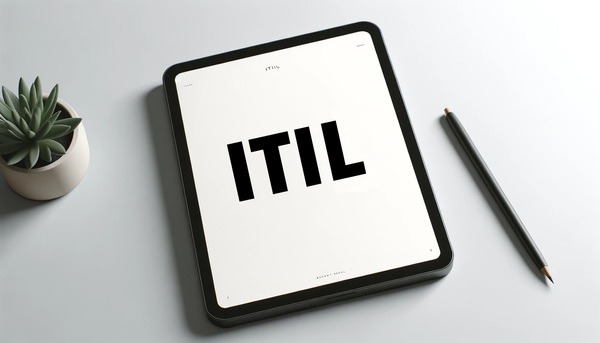Bring Your Own Device (BYOD)
What is BYOD?
Bring Your Own Device (BYOD) refers to the policy of permitting employees to bring personally owned devices (like smartphones, laptops, and tablets) to their workplace and use them to access privileged company information and applications. Key elements of BYOD include:
- Personal Device Usage: Employees use their personal devices for both work-related and personal tasks.
- Access to Company Data: These devices can access company emails, files, and other resources.
- Flexibility: Offers flexibility and often enhances employee satisfaction and productivity.
- Security Concerns: Raises potential security challenges that companies need to address.
- Policy-Driven: Successful implementation often requires a clear and comprehensive BYOD policy.
Origins of BYOD
The seeds of BYOD were sown when professionals began using personal tools, particularly laptops, for work tasks to improve their efficiency. Initial integration was challenging, with businesses grappling with varied device types, compatibility issues, and, most importantly, security threats. The introduction of smartphones and tablets, each more powerful than the last, played a pivotal role in popularizing BYOD.
Technological Lifelines for BYOD
- Virtualization: In the past, remote access to company data was merely a vision. However, virtualization, with tools like VMware Workstation and Oracle VirtualBox, made this vision achievable, ensuring professionals could seamlessly access essential resources without jeopardizing security. As a pioneer in digital workspace technology, Citrix offers solutions that facilitate BYOD by providing secure, remote access to company applications and data. Their suite of tools, including Citrix Virtual Apps and Desktops, empowers professionals to work from any device while ensuring corporate data remains safeguarded.
- Mobile Device Management (MDM): With the ascent of BYOD, there arose a need for systems to manage these devices. MDM solutions, including offerings like AirWatch and MobileIron, paved the way, letting companies monitor and secure employee devices to comply with security standards and company policies.
- Cloud Computing: The advent of cloud services, exemplified by platforms like Amazon Web Services (AWS) and Google Cloud Platform, has complemented the BYOD trend, enhancing remote work capabilities and providing flexible access to data and applications.
Workplace Culture Takes a Turn
Flexible work schedules, remote working, and the integration of personal lives into professional settings pushed BYOD from a trend to an essential. Employees increasingly advocated for a more flexible, integrated approach to work, amplifying the adoption of BYOD.
Addressing the Elephant in the Room: Security
As BYOD's popularity surged, so did the security challenges. With personal devices accessing company data, the risks of breaches, data loss, and unauthorized access loomed large. However, with evolution came solutions:
- Encryption: With tools like BitLocker and FileVault, encryption is now standard, safeguarding data even if devices go missing.
- Biometrics and Multi-factor Authentication (MFA): Solutions like Windows Hello and Google Authenticator add extra layers of security.
- Containerization: Technologies such as Docker and Kubernetes ensure a clear distinction between company and personal data on the same device.
BYOD in Today's Context
The current BYOD landscape has further expanded to include IoT devices. Smart assistants, wearable tech, and even smart appliances sometimes find their way into the professional realm. Companies today are more prepared, with comprehensive BYOD guidelines ensuring consistency and security.
AI and machine learning have also started playing roles, from enhancing user experience to predictive threat detection, ensuring the BYOD environment remains both productive and secure.
Gazing into the Future
The future is bound to witness further amalgamation of personal devices into professional settings. Wearables like smartwatches and AR glasses might soon become commonplace in meetings or for workflow tasks. With this integration, the challenge will be in continually updating security protocols and staying adaptable.



